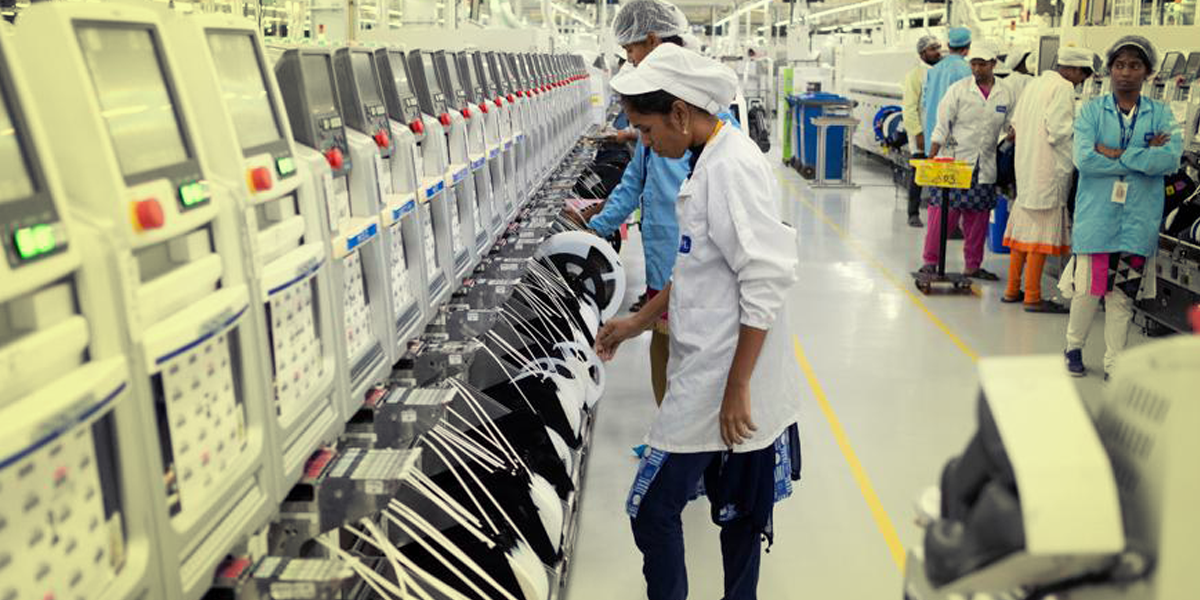The Quadrilateral Security Dialogue, sometimes known as “Quad,” is a multinational organization that consists of Australia, Japan, the United States, and India, and has recently regained momentum due to China’s recent actions. To challenge Chinese dominance in the Indo-Pacific region, the four countries have increased communication after a ten-year gap in November 2017.
The organization may perhaps be a strategic need for India given China’s increasing assertiveness in the area. However, it currently has a relatively limited ability to offer China a trading option. The most significant center of global value chains is still China. All three countries—Japan, the US, and Australia—rely on supplies from China to produce the goods they export.
Even recently, this reliance hasn’t lessened. Despite the language of “self-reliance,” the proportion of Chinese imports in India’s trade basket has increased since Indian forces began a tense standoff with China in April. In the year ended March 2020, 14% of Indian imports came from China. The same share has increased this year to date to 19%. For the current year, no information on the proportion of Chinese value-added in Indian exports is yet available. As a result of their reliance on Chinese safety kits and drugs to combat the epidemic, the other four members of the quartet have also relied significantly on Chinese imports this year.
“As of now, the quad cannot provide a viable economic alternative to the powerful Chinese economy, “said Happymon Jacob, a faculty member at Jawaharlal Nehru University who specializes in disarmament studies (JNU). It will be a difficult balancing act for these nations to maintain their economic ties with China while also trying to counterbalance its military might.”
Numerous international corporations have thought about moving some of their production platforms away from China because of the disruption caused by COVID-19 in global supply networks. Diversification has advantages, but it is neither quick nor inexpensive. Due to the severe recession, few businesses may be able to make rapid investments in other nations.

According to experts, it will be challenging for India, or any other large economy, to decouple from China in the short term. However, India has the capacity to challenge China in the long run. The necessity to economically detach from China is becoming more widely acknowledged, at least among the four countries, and India may eventually benefit from this, according to Jacob.
“China’s unique selling point is its ability to produce on a large scale while maintaining competitive prices, “added Biswajit Dhar, a different JNU trade economist. “India is the only nation besides China that can produce on that scale and at comparable costs. We continue to be a low-cost production hub.”
In addition to the uncertainty of conducting business here, India’s deficiencies in physical and social infrastructure present a significant obstacle to realizing such aspirations of becoming the next global factory.
According to a 2017 World Bank assessment, South Asia has the potential to become the next manufacturing superpower if it can strengthen the business environment, connect domestic companies to global value chains, and enhance managerial and worker competencies.
Two factors affect a country’s ability to participate in global supply chains: how much value it adds to the production of exports to other countries (forward participation), and how much of its domestic export output is dependent on imports from other countries (backward participation). Due to its extensive reliance on imports, India has a considerably larger backward involvement, but much weaker forward linkages.
In addition to India’s participation in global production declining since 2008, its profits from integration have also decreased, according to an examination of data from the UNCTAD-EORA GVC database. Currently, India adds less value to the exports of other nations and uses more high-value foreign inputs to create its exports.
To further integrate into value chains, efforts should be made to lower trade obstacles, improve infrastructure, and increase access to finance. While the Make in India initiative, de-licensing, and certain other recent policies, including industrial corridors, are positive moves in the right direction, their effectiveness has lagged. Other measures, like the expansion of tariff barriers, might have been counterproductive because they ultimately affected Indian industries by driving up input costs.
According to Saon Ray and Smita Miglani in an ICRIER working paper from earlier this year, a further issue is the dearth of lead firms. By segmenting the production chain into separate functions and placing them where they can be carried out most effectively, lead companies, which are often multinational organizations, build networks.
According to Ray and Miglani, companies like Tata Motors and Reliance are important in transferring knowledge, building supply chains, and luring foreign investment, for example, in the automotive and petrochemical industries. However, there aren’t many of these sectoral-lead enterprises in India overall. Lead enterprises are unable to grow in India due to a lack of skilled labor, financial constraints, and regulatory uncertainty.
Recommended Reads:
